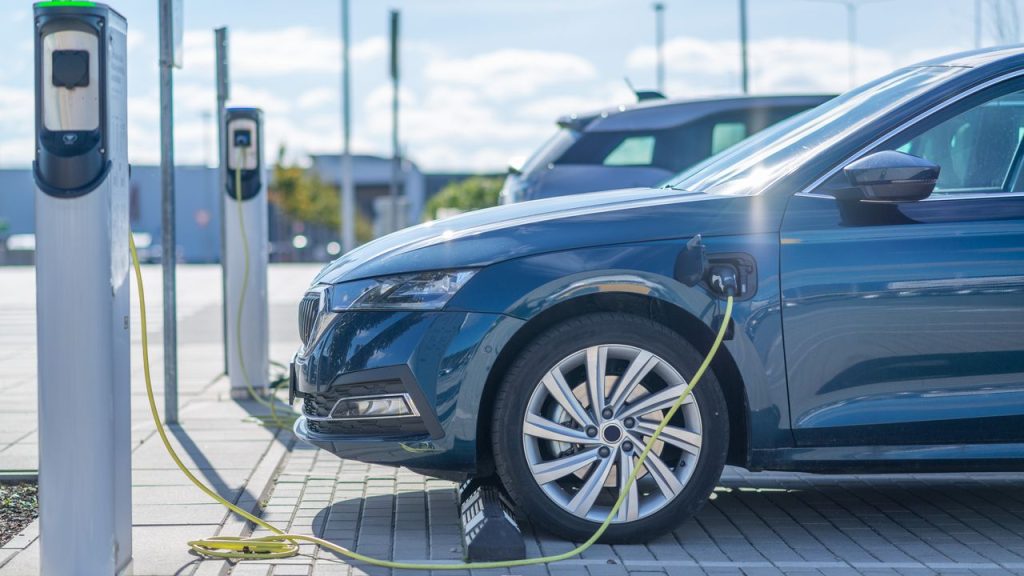EV Charging Platform Integration: Powering the Future of Electric Vehicles
As the world shifts towards a more sustainable future, electric vehicles (EVs) have become increasingly popular. With their zero-emission capabilities and lower operating costs, EVs are revolutionizing the automotive industry. However, one of the key challenges in the widespread adoption of EVs is the availability and accessibility of charging infrastructure. This is where EV charging platform integration plays a crucial role.
Charging Platform Hardware Integration
At the heart of any EV charging platform is the hardware integration. This involves the physical components necessary for charging an electric vehicle. These components include charging stations, connectors, cables, and other related equipment. The charging platform hardware integration ensures that the charging infrastructure is compatible with various EV models and can deliver the required power efficiently.
With advancements in technology, charging stations now come in different forms, ranging from wall-mounted units for residential use to fast-charging stations for commercial and public spaces. The hardware integration ensures that these charging stations are seamlessly connected to the charging platform, enabling users to locate and access available charging stations conveniently.
Charging Platform Web Services Integration
Another critical aspect of EV charging platform integration is web services integration. This involves the connection between the charging platform and online platforms or applications that provide users with real-time information and services. Through web services integration, EV owners can easily locate nearby charging stations, check their availability, and even reserve a charging spot in advance.
Web services integration also enables users to monitor their charging sessions remotely, receive notifications when charging is complete, and access billing and payment information. This seamless integration between the charging platform and web services enhances the overall user experience and encourages more people to switch to electric vehicles.
Charging Platform Smart Grid Integration
Integrating the EV charging platform with the smart grid is a game-changer for the electric vehicle industry. Smart grid integration allows for dynamic load management, optimizing the charging process based on grid conditions and electricity demand. This integration ensures that charging stations operate efficiently without overloading the grid or causing disruptions.
Through smart grid integration, charging stations can communicate with the grid, adjusting the charging rate based on factors such as peak electricity demand, renewable energy availability, and grid stability. This not only benefits the grid by reducing strain during peak periods but also enables EV owners to take advantage of lower electricity rates during off-peak hours.
Conclusion
EV charging platform integration is crucial for the widespread adoption of electric vehicles. By seamlessly integrating hardware, web services, and the smart grid, charging platforms provide a convenient and efficient charging experience for EV owners. This integration ensures that EVs remain a viable and sustainable transportation option for the future.


